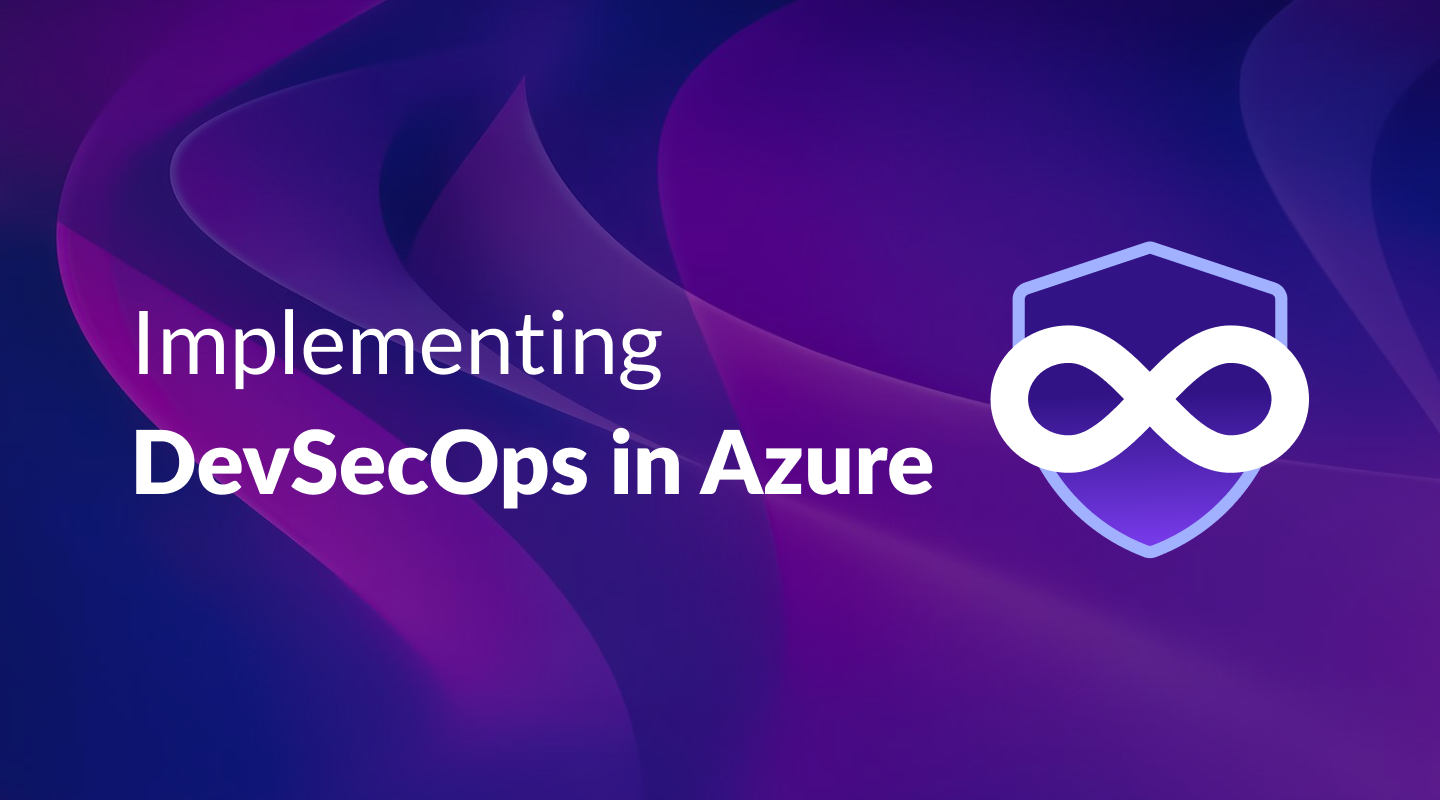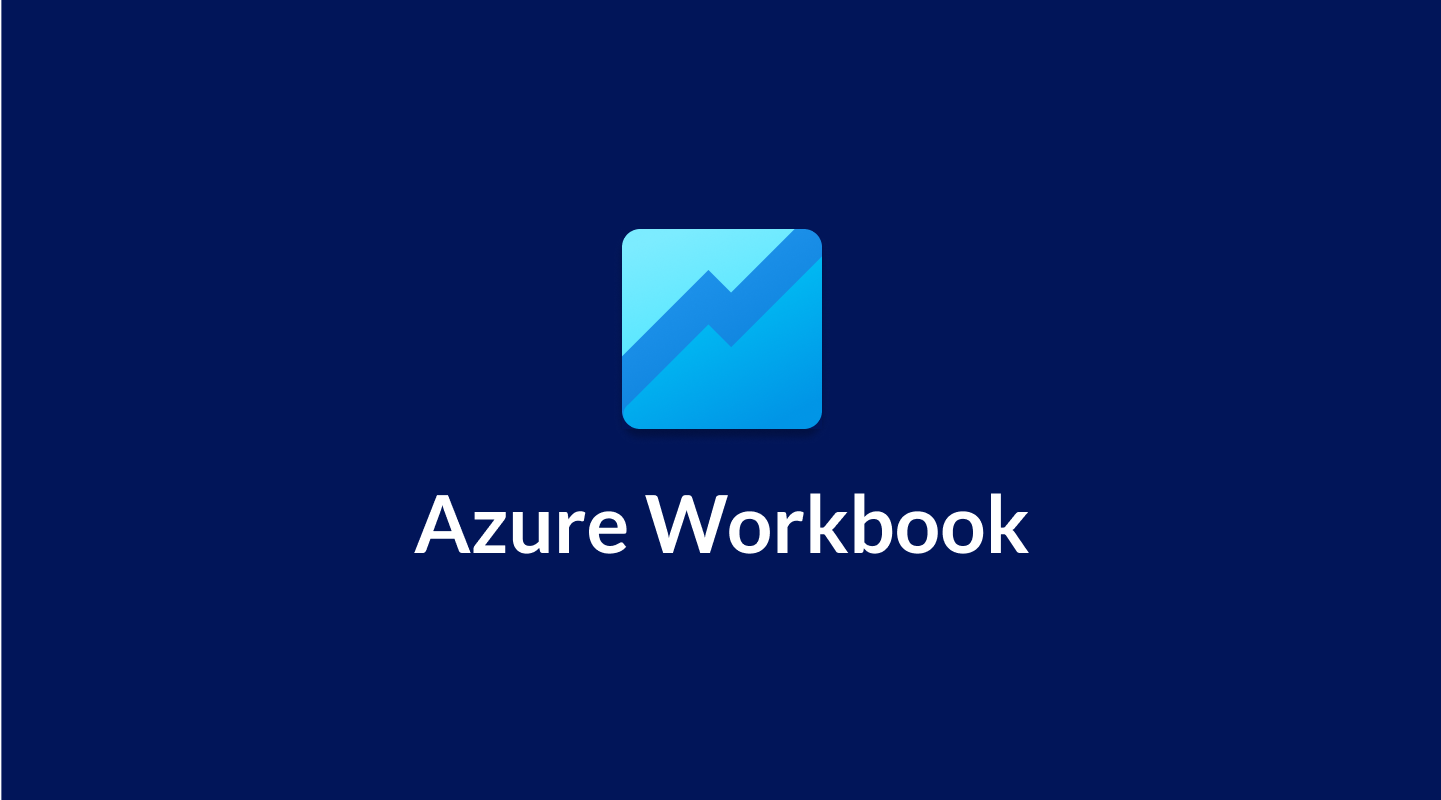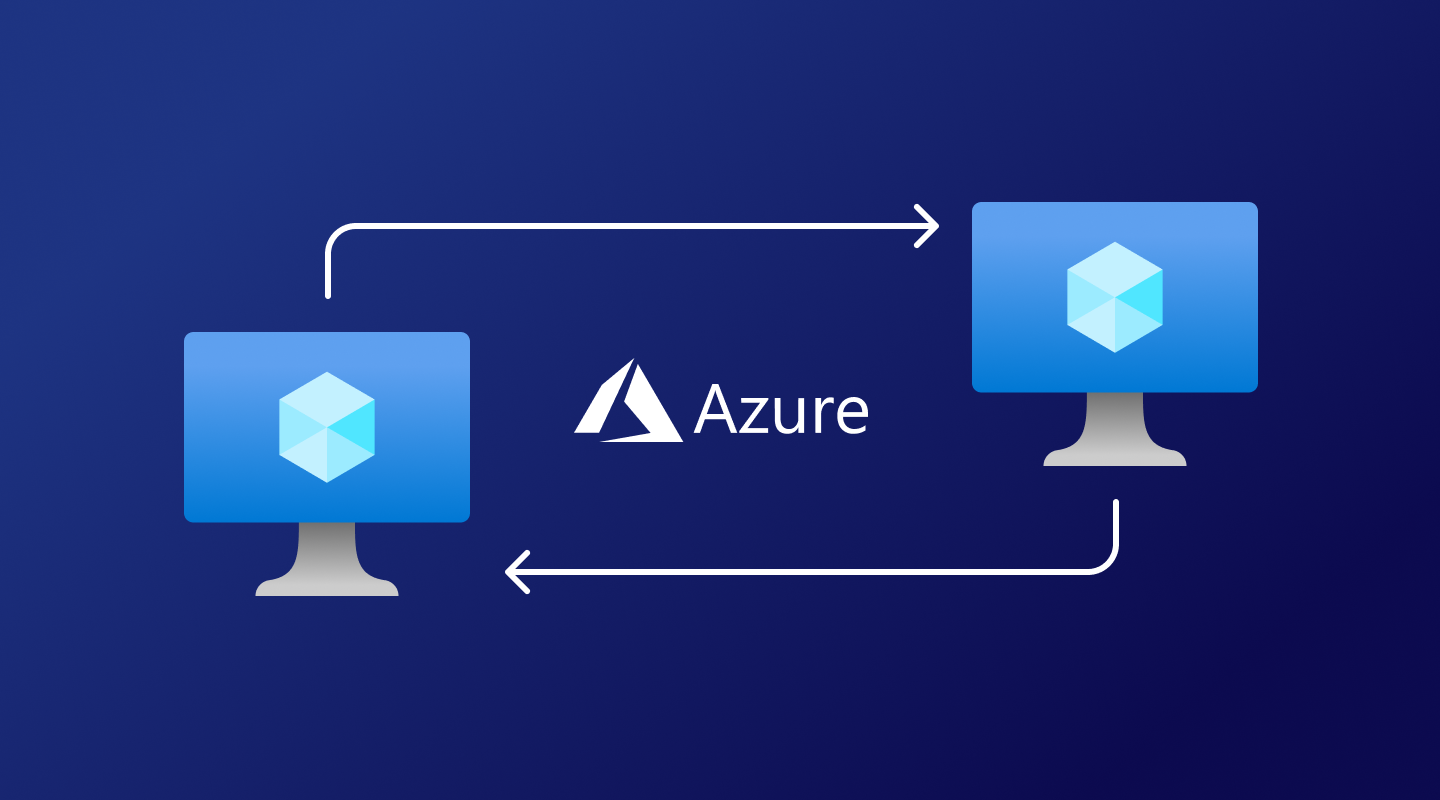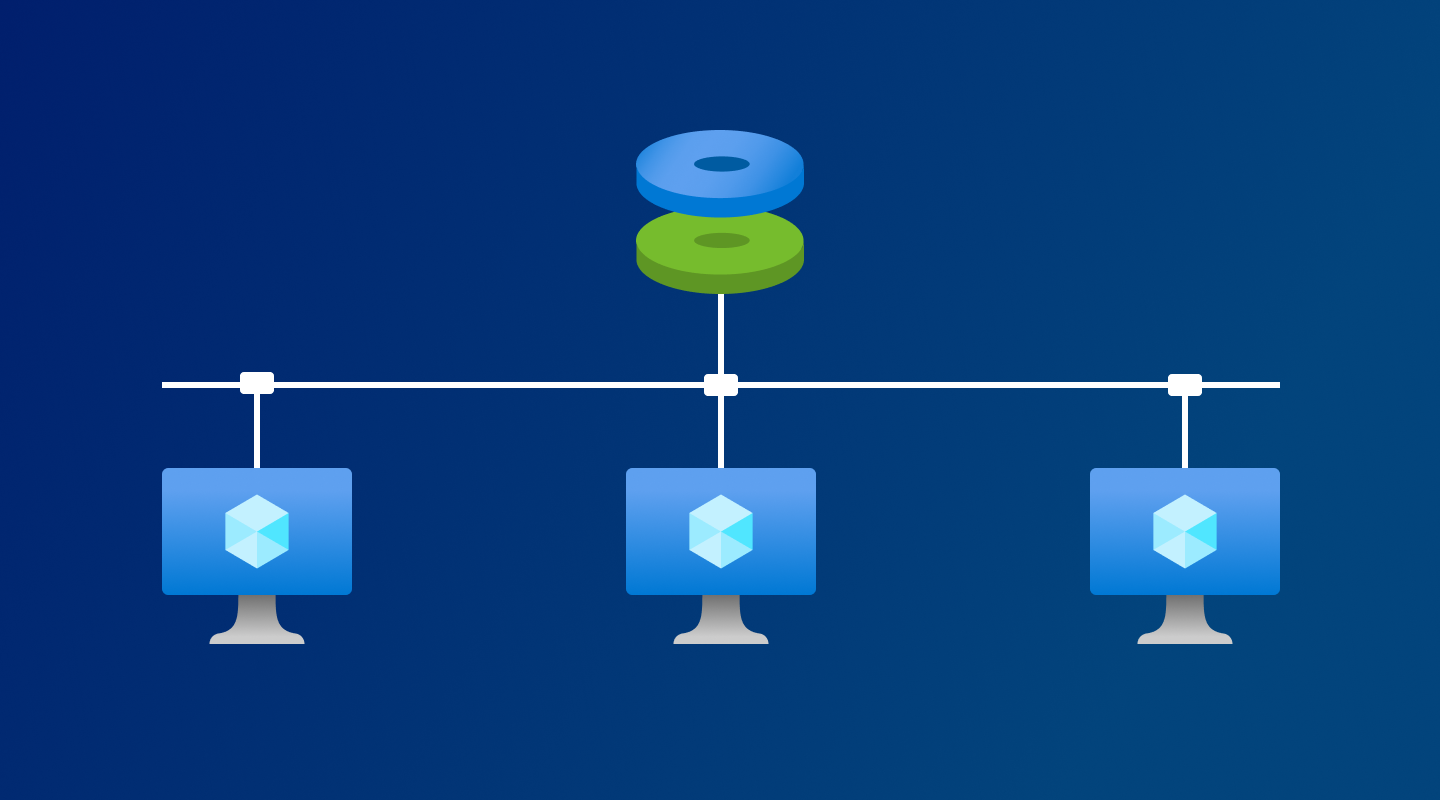Secret Management is a PowerShell module that enables secure storage and management of credentials, allowing seamless integration with various third-party secret vaults and simplifying script deployment.

Secret Management is a PowerShell module that enables secure storage and management of credentials, allowing seamless integration with various third-party secret vaults and simplifying script deployment.

DevSecOps is a complex approach for implementing security for all DevOps processes, as safety is a pressing matter in all stages of your work. Today, we’ll start with Azure!

Want to get more done in less time? With Azure Workbooks, you can easily visualize and analyze your data in a clear and concise way.

There are multiple ways to send emails from Azure. But did you know you could send emails from any mailbox in your organization using REST API calls?

Azure Arc enables you to extend Azure management capabilities to non-Microsoft services, including VMware vSphere. It allows you to have a better grasp on monitoring and management of your diverse IT environment. This service further supports the hybrid and multi-cloud vector that data management has seemingly been taking over the past years.

Businesses adopting multicloud creates new loopholes in cybersecurity. However, establishing a VPN (virtual private network) between your cloud providers, for example, Microsoft Azure and Amazon Web Services (AWS), can help address some of the concerns. There’s never too much when it comes to data availability and data safety.

Business continuity today largely depends on data availability. There are multiple ways Microsoft allows you to achieve that with its Azure cloud services. Among many disaster resistance options, if you use more than one Azure Region, you can use disaster recovery in Azure Site Recovery to replicate your virtual machine (VM) from one region to another.

Azure Shared Disks enables you to attach a managed disk to multiple virtual machines simultaneously. However, there are nuances to consider if you wish to migrate clustered applications from on-premises to your Azure subscription in such a configuration. This can be a planned migration or, for instance, a failover cluster setup.

Microsoft Adaptive Cards are a platform-agnostic method of sharing and displaying information that cloud apps can openly exchange. In essence, this occurs as snippets of a chosen UI being generated by the user in JSON format. This file can then be delivered to another app where it’ll adaptively transform the data into a native UI that adapts to its surroundings.
